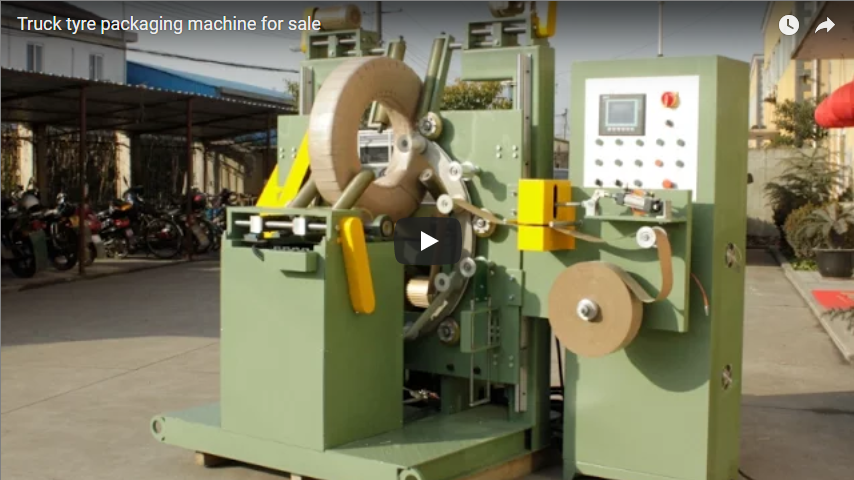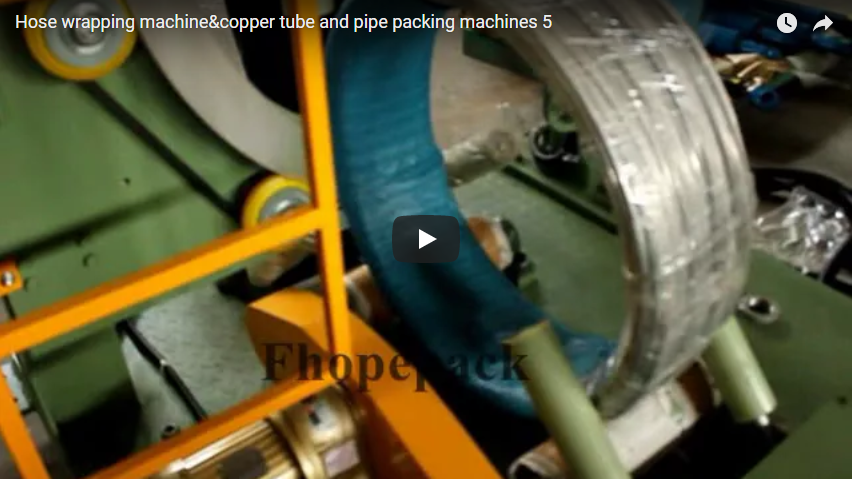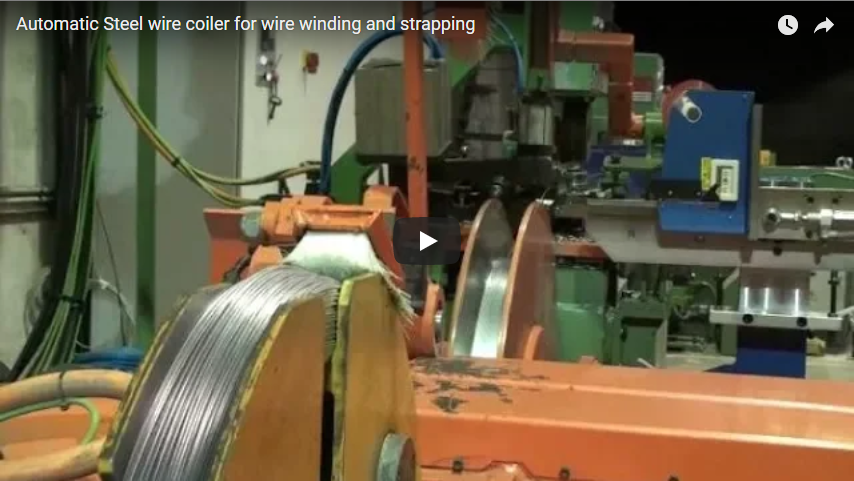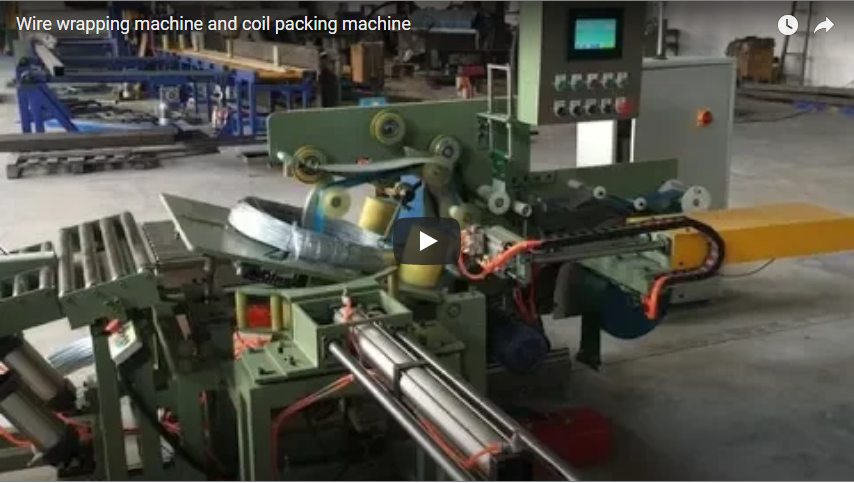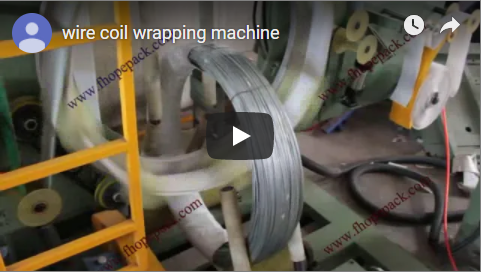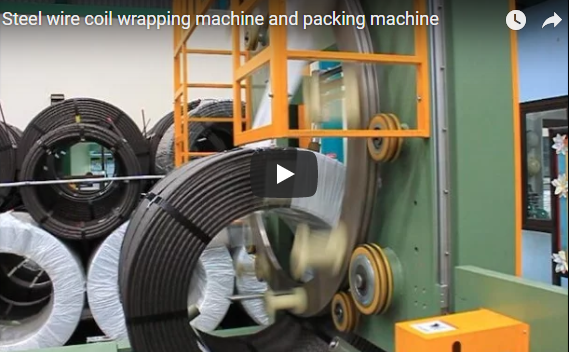Mastering Coil Protection: An In-Depth Look at Horizontal Orbital Wrapping Machines
In modern industrial distribution and manufacturing, safeguarding valuable metal coils – especially stainless steel – during transit and storage is paramount. Damage from moisture, dust, or impact can lead to significant financial losses. The horizontal orbital wrapping machine has emerged as a cornerstone technology for providing robust, efficient, and automated protection for these cylindrical products. This post delves into the operation, benefits, and key considerations surrounding these essential pieces of packaging automation, drawing on practical insights for operators and decision-makers.
1. Understanding the Horizontal Orbital Wrapping Principle
At its core, a horizontal orbital steel wire coil wrapping machine (also highly effective for stainless steel coils, aluminum coils, copper coils, and pipe coils) utilizes a unique wrapping mechanism. Unlike traditional turntable wrappers, the coil remains stationary in the horizontal position (eye-to-sky) while a wrapping ring, carrying the packaging material (like stretch film, VCI paper, or woven materials), orbits around the coil's outer diameter and through its eye. This method ensures complete, tight coverage of the coil's surfaces.
2. Operational Breakdown: From Infeed to Discharge
Understanding the machine's workflow is key to appreciating its efficiency. Here’s a typical operational sequence:
- Coil Loading & Infeed: Coils are typically loaded onto an infeed conveyor system, often using a C-hook, forklift, or integrated coil car. Sensors detect the coil's presence and initiate the movement toward the wrapping station.
- Coil Positioning & Centering: As the coil enters the wrapping zone, specialized centering rollers or arms automatically adjust to position the coil precisely in the center of the wrapping ring's path. This ensures a uniform wrap. Support rollers beneath the coil often provide stability and may assist in slow rotation for specific wrap patterns.
- The Wrapping Cycle Initiation: Once the coil is secured and positioned, the main wrapping ring begins its orbital movement. Simultaneously, the packaging material dispenser (shuttle) on the ring starts feeding the selected film or paper.
- Orbital Wrapping & Material Application: The ring orbits around the stationary coil, passing through its center opening. The material shuttle dispenses the wrapping material, applying it directly to the coil surfaces. The degree of overlap can usually be adjusted via the machine's HMI (Human-Machine Interface) to control the level of protection and material consumption.
- Automated Cutting & Sealing: Upon completion of the programmed number of wraps, the machine automatically clamps, cuts, and seals the wrapping material tail. Common methods include heat sealing or wipe-down systems, ensuring the wrap doesn't unravel.
- Coil Discharge: The wrapped coil is then automatically transferred out of the wrapping station via an outfeed conveyor, making way for the next coil. This seamless transition is crucial for maintaining high throughput in busy production lines.
3. Key Technical Parameters to Consider
When evaluating or operating these machines, several technical specifications are critical:

- Coil Size Capacity:
- Outer Diameter (OD): Minimum and Maximum acceptable range.
- Inner Diameter (ID): Minimum and Maximum eye size the ring can pass through.
- Width: Minimum and Maximum coil width the machine can handle.
- Coil Weight Capacity: Maximum weight the conveyor and support system can safely manage.
- Wrapping Ring Speed: Measured in RPM (Revolutions Per Minute), directly impacting throughput.
- Packaging Material Compatibility: Types of materials the machine can dispense (e.g., LLDPE Stretch Film, VCI Paper, Crepe Paper, Woven Fabric, PP Belt). Film/material roll width and diameter specifications are also important.
- Control System: Typically PLC (Programmable Logic Controller) based with an HMI touchscreen for parameter setting, recipe storage, and diagnostics.
- Power Requirements: Voltage, phase, and power consumption details.
- Optional Features: Top sheet dispensers, integrated weighing systems, labeling systems, upstream/downstream automation integration capabilities.
4. Core Advantages in Industrial Environments
Investing in horizontal orbital wrapping technology offers tangible benefits:
- Superior Product Protection: Provides a tight, consistent barrier against environmental factors (moisture, dust, corrosion – especially with VCI materials) and handling damage.
- Operational Efficiency & Speed: Significantly faster and more consistent than manual wrapping, boosting throughput and reducing bottlenecks.
- Labor Savings & Enhanced Safety: Automates a labor-intensive process, freeing up personnel for other tasks and reducing the risk of injuries associated with manually handling large coils and sharp strapping/film.
- Optimized Material Usage: Precise control over film stretch (for stretch film) and overlap minimizes material waste compared to manual methods.
- Professional Package Appearance: Creates a clean, uniform, and professional-looking package, enhancing brand perception.
5. Insights from the Floor: Operator Experience & Maintenance
From personal experience and observing operations, several points stand out for users:
- User Interface: Modern HMIs are generally intuitive, allowing operators to easily select wrap programs, adjust parameters (like overlap or ring speed), and monitor the machine status. Quick recipe recall for different coil sizes is a major plus.
- Material Loading: While automated, reloading large rolls of stretch film or paper requires proper technique and safety awareness. Well-designed machines facilitate easier roll changes.
- Routine Maintenance: Like any industrial equipment, regular checks are vital. This includes inspecting rollers for wear, ensuring sensors are clean and aligned, checking pneumatic/hydraulic systems (if applicable), and lubricating moving parts as per the manufacturer's schedule. Film breaks can occasionally happen; quick troubleshooting skills (checking tension, roll alignment) are valuable for operators.
- VCI Paper Handling: If using VCI paper, ensuring the correct side faces the product is crucial for corrosion inhibition. Training operators on proper VCI handling procedures is essential.

6. Selecting the Right Machine for Your Needs
Choosing the appropriate horizontal orbital wrapper involves considering:
- Product Specifications: Accurately define the range of coil dimensions (OD, ID, Width) and weights you need to handle.
- Throughput Requirements: How many coils per hour/shift do you need to wrap? This dictates the necessary ring speed and level of automation.
- Packaging Material Needs: Determine the primary wrapping material (stretch film, VCI, etc.) based on protection requirements and cost. Ensure the machine is compatible.
- Integration: How will the machine fit into your existing production or packaging line? Consider conveyor compatibility and control system handshakes.
- Budget & ROI: Balance initial investment against long-term savings in labor, material, and reduced product damage.
7. The Role in Modern Supply Chains
Horizontal orbital wrappers are more than just packaging machines; they are critical links in the industrial supply chain. They ensure that high-value metal coils arrive at their destination – whether it's another processing facility or the end customer – in prime condition. This reliability is fundamental in industries ranging from automotive and construction to appliance manufacturing and metal service centers. The ability to integrate these machines with Manufacturing Execution Systems (MES) further enhances tracking and quality control. For further information on protective packaging standards, resources like the Association for Packaging and Processing Technologies (PMMI) can be valuable.
Conclusion
The horizontal orbital coil wrapping machine represents a significant advancement in industrial packaging technology, particularly for stainless steel and other metal coils. By automating the wrapping process, it delivers enhanced protection, improved efficiency, significant labor savings, and increased safety. Understanding its operational mechanics, key parameters, and practical benefits allows businesses to leverage this technology effectively, ensuring their valuable products are well-protected throughout the distribution journey.

